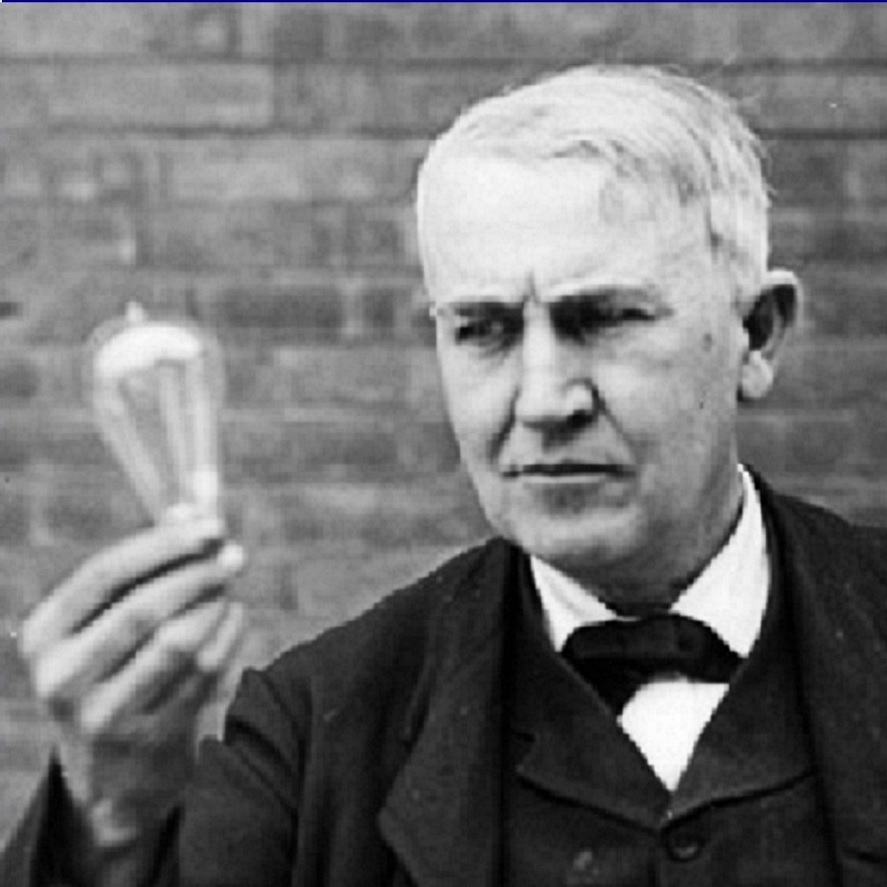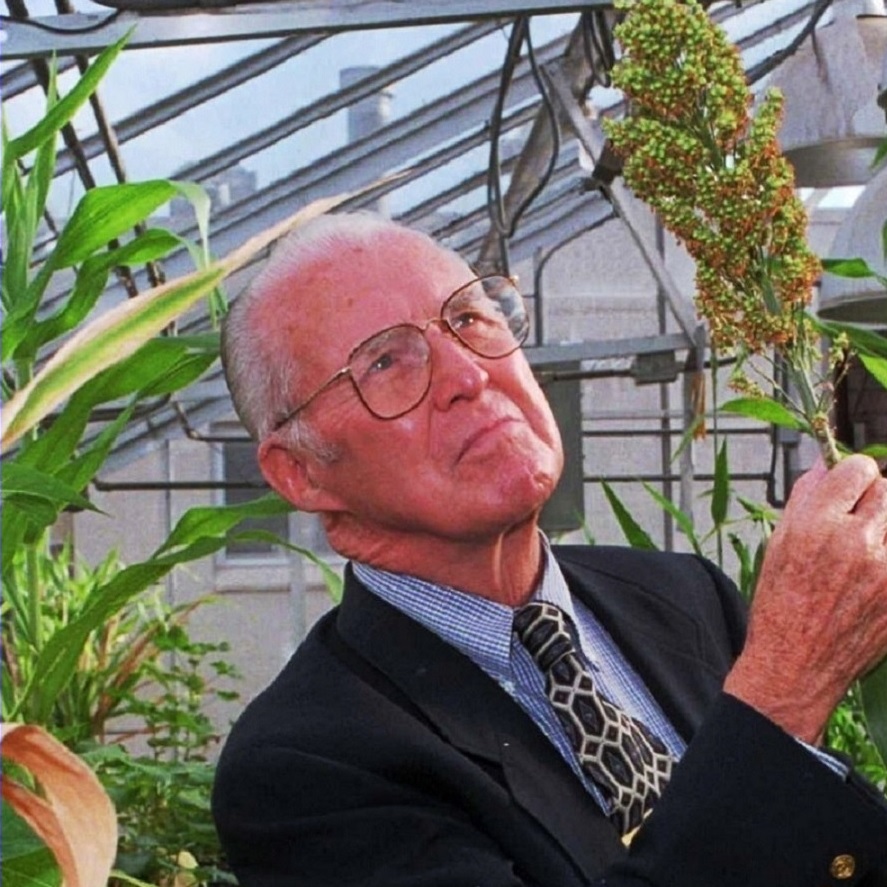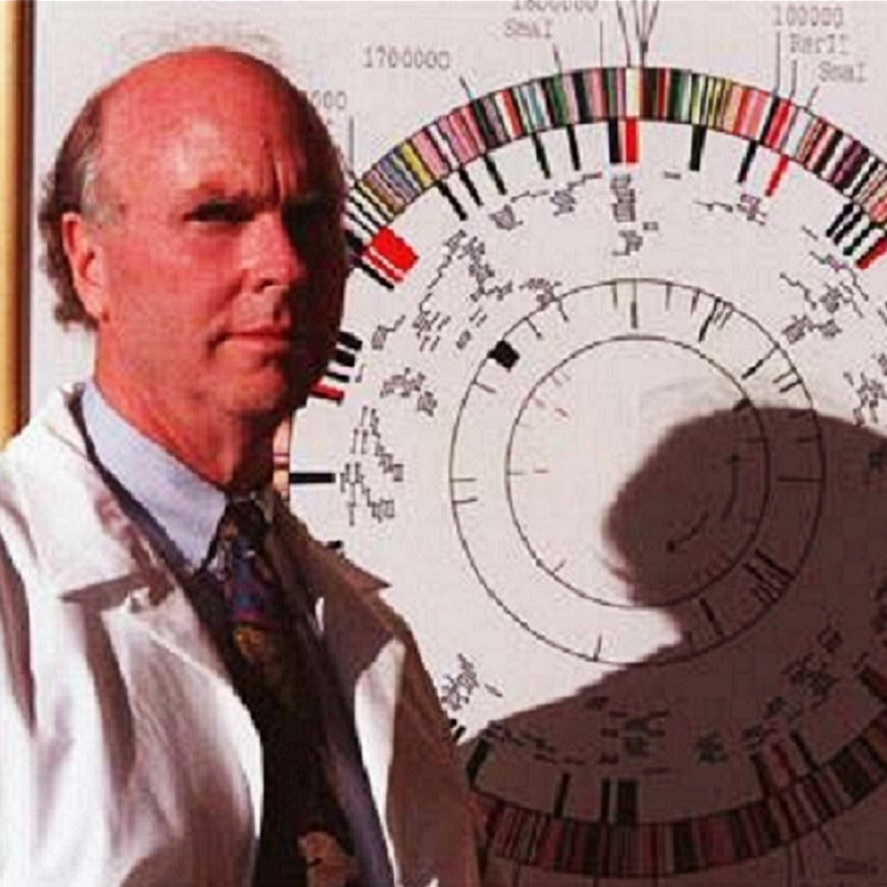Human Achievers Throughout the Centuries
WHO ARE THESE ACHIEVERS?
We can trace the human progress that has given us our modern world by highlighting great achievers and their achievements. Such highlights:
- Raise our consciousness about the incredible world in which we live;
- Focus on the foundations of achievement—minds, moral character, and liberty; and
- Renew our Enlightenment culture of optimism, purpose, and joy in achievement, inspiring our only achievements.
Our banner includes the individuals we judge best symbolize the creation of our modern world and point to the spirit that will be necessary to usher in a prosperous future of long, healthy lives for all.
This is not an inclusive list. Indeed, because history, as well as our world today, is studded with so many stellar achievers who we should celebrate, a complete list would be impossible. To your inevitable questions of “What about this person or that person?” you are probably right that a longer list should include them. But if you ask such questions, you’re already in just the spirit the pictures in this banner solicits! Keep it up!
In the meantime, here is whom these achievers are!
THE ACHIEVERS
ARISTOTLE
(384–322 BC)

This Greek philosopher laid the foundations for the modern world. The very notion that there is an objective reality and that by exercising our rational capacity—the defining attribute of humans—we can acquire knowledge of the causes of our world comes from him. Aristotle’s Prior Analytics defined the laws of logic. His Posterior Analytics outlined the scientific method. His Nicomachean Ethics offered the best foundational understanding of human nature and the path to “happiness,” “flourishing,” and “eudaemonia.” His achievement cannot be overstated!
SIR ISAAC NEWTON
(1642-1727)

Science in its modern form started with Newton. In 1666, the “Annus Mirabilis,” the 23-year-old discovered the laws of universal gravitation and motion, of optics, and of the calculus. His laws of gravitation especially could, with mathematical equations, allow us to predict the trajectory and force of a cannon ball in flight or a planet orbiting the sun. This demonstration of the power of human reason launched three centuries of Enlightenment-era human achievements.
BENJAMIN FRANKLIN
(1706-1790)

Franklin was an American original and a true representation of the Enlightenment. He was an experimental scientist, contributing to our understanding of electricity. He invented the lightning rod, the Franklin stove, and bifocals. He was an entrepreneur, printer--taking advantage of Johannes Guttenberg's history-changing 1439 achievement, the invention of the movable-type printing press--and publisher. His Poor Richard's Almanack offered sage advise to his fellow citizens. He co-founded the first formally organized volunteer fire department in Colonial America and was the first postmaster general. He was an author of America’s Declaration of Independence, ambassador to France as the new country fought for its independence, and one of the architects of the Constitution. All of these achievements from one man should inspire us all.
AMERICA’S FOUNDERS
(July 4, 1776)

Thomas Jefferson was the principal author of the document that has never been equaled in articulating the dignity of each individual as it established a country based on this moral principle. Each individual is endowed “with certain unalienable Rights, that among these are Life, Liberty and the pursuit of Happiness.--That to secure these rights, Governments are instituted among Men, deriving their just powers from the consent of the governed, --That whenever any Form of Government becomes destructive of these ends, it is the Right of the People to alter or to abolish it.” Thanks to its Founders, the United States is the greatest political achievement in history. The liberty the country sought to protect unleashed individuals to flourish and achieve in their own lives. In the process, millions of individuals created the most prosperous and innovative country in the world.
JAMES WATT
(1736-1819)

Throughout human history most individuals lived in abject poverty and even the wealthiest would be considered poor by today’s standards. Then came the Industrial Revolution. Centuries-old windmill technology, waterwheels on streams, or horsepower from actual horses simply couldn’t handle the needs of emerging factories for large-scale manufacturing. Enter Scottish inventor James Watt with a steam engine that unleashed the power to run machines that would create more widespread wealth than the world had ever known.
LOUIS PASTEUR
(1822-1895)

It’s hard to believe that before the middle of the 19th century, infant morality rates in Europe were one in five, and that life expectancy even in advanced countries like France was only about 40 years old. That’s because there was little understanding of all the ways we could be killed by every imaginable ailment. Enter France’s Louis Pasteur. His germ-theory research shined the light of knowledge on up-till-that-time mysteries of various sicknesses, allowing for both preventative practices and treatments that literally saved the lives of millions, ushered in the age of modern medicines, and even points to a future in which aging is a treatable, preventable condition. What a life-affirming achievement!
ALEXANDER GRAHAM BELL
(1847-1922)

Communications are key to a modern society. In the 19th century, the invention of the telegraph allowed for commercial, personal, social, and political messages in dots-and-dashes Morse Code to be sent instantly through wires over hundreds of miles rather than via physical journeys of days or weeks. But conversation is still best for communicating quickly and clearly, certainly in a modern industrial society, and hearing the voice of loved ones is always preferred. On March 10, 1876, scientist, inventor, and educator Alexander Graham Bell, working in his lab on a new invention, made the first voice-to-voice contact, with his assistant Thomas Watson in another room, over the first telephone. Today, thanks to Bell, we need never be out of touch with others.
THOMAS EDISON
(1847-1931)

It’s appropriate that Human Achievement Day is marked on October 21. That day in 1879, the lightbulb invented by Thomas Edison was lit up and continued to glow into the next day. His achievements have illuminated our world ever since. Edison was the quintessential American inventor. He gave us sound recordings, movie cameras, and ran his own movie studio. He made major contributions to mining and industrial chemicals. He is the father of the modern industrial research laboratory, bringing together technical staffs for the purpose of innovation. When most people think of inventors, they are right to think of Edison.
MARIE CURIE
(1867-1934)

The great scientific revolution after Isaac Newton came with the discovery of radioactivity, which opened up research into the dynamics of subatomic forces. Marie Curie, the Pole who became a French citizen, was the pioneer, with her husband, Pierre, who opened that world. She was the first woman to win a Nobel Prize, and she actually won two of them. Others, including Niels Bohr and Albert Einstein, followed up to expand on her work, but it was her work that expanded our understanding of the forces of the universe to the very small.
LOUIS SULLIVAN
(1856-1924)

The skylines of modern cities are defined by skyscrapers, thanks to architect Louis Sullivan. The height of buildings historically was limited because the taller they were, the heavier and wider their bases needed to be. But with America’s explosive economic growth in the late 1800s and the expansion of steel production, Sullivan created strong, light frames of that material which allowed buildings to soar, with windows letting in more light to meet the need for commercial and civic spaces in Chicago and other major cities. Sullivan asserted that “form follows function,” so instead of copying the appearance of ancient or historical buildings, he designed buildings in a fitting style.
GUGLIELMO MARCONI
(1874-1937)

Communicating directly to large audiences until the early 20th century had to be done by newspapers, magazines, and books. But just as modern society needed direct one-on-one voice communications—the telephone—so it needed a similar system for mass communications, for news, entertainment, and commercial efforts. Italian electrical engineer Guglielmo Marconi filled that major market niche with his invention of the radio. Marconi also contributed important technical understanding of dynamics of what was called “wireless telephony.” Of course, television later added pictures to voice, but it was on the shoulders of Marconi’s work that TV would stand.
THE WRIGHT BROTHERS
(Orville 1871–1948;
Wilbur 1867–1912)

In imaginative moments, humans throughout history dreamed they could take wing like the birds. On December 17, 1903, two owners of an Ohio bicycle sales and repair shop, neither who’d received high school diplomas, flew the first heavier-than-air craft in powered flights at Kitty Hawk, North Carolina. Wilbur and Orville Wright were innovators who experimented with various designs to create the early planes that ushered in the preferred way of long-distant travel.
HENRY FORD
(1863-1947)

Henry Ford did not invent the automobile. But he perfected the assembly line, with standardized, interchangeable parts with production broken up in discrete stages in order to produce cars quicker and at such low cost that millions of Americans could afford them. To reduce costly staff turnover, he paid high wages for the early 20th century. This also meant that his workers could purchases the vehicles they produced! The auto manifests American individualism: Go where you want, when you want! Ford’s production processes became standards by which entrepreneurs produced every imaginable product and, in the democratic spirit, made them available for everyone.
NORMAN BORLAUG
(1914-2009)

In the 1950s, the mention of the “Green Revolution” would have nothing to do with recycling plastic. Rather, it referred to the work of Norman Borlaug, who cross-bred crop plants to make them durable enough to grow in hostile environments. This meant that millions of people who otherwise would suffer hunger or even starve to death in places like India, Pakistan, and even Mexico could live. Half a century ago, doomsayers were predicting millions would starve to death as population rose. Borlaug proved the power of innovation and is a cautionary tale about the error of taking doomsayers too seriously. Borlaug won a well-deserved Nobel Peace Prize for saving those millions of lives.
BUZZ ALDRIN
(1930-)

Traveling to the Moon always symbolized the unattainable. But on July 20, 1969, Neil Armstrong and Buzz Aldrin landed on the lunar surface, and Armstrong’s footprint there was “One giant leap for mankind.” At the turn of that century, Russian Konstantin Tsiolkovsky had outlined the theoretical basis for space flight. On March 16, 1926, American scientist and engineer Dr. Robert Goddard launched the first liquid fuel rocket. It only went 41 feet high, seeming to justify the ridicule the New York Times and others had heaped on him for his claim that humans could travel to the Moon. But he opened the age of space flight, and now achievers like Elon Musk, Jeff Bezos, and Richard Branson are leading a private path to the planets.
STEVE JOBS
(1955-2011)

The communications and information revolution as transformed and most defines our world today. In a mere four decades, nearly every household in the U.S. has acquired either personal computers or smartphones; the latter was introduced in 2007, and today 87 percent of American adults have models that far outstrip the capacities of the originals. Through the internet, we have access to almost all the knowledge in the world. Steve Jobs, of course, famously pioneered the field of friendly computers for everyone. As important are the continuing breakthroughs in scientific and medical research and many other areas thanks not only to the exponential growth of raw computing power but also artificial intelligence. The revolutions in the future will be even more transformative.
CRAIG VENTER
(1946-)

More transformative than understanding computer code is understanding the genetic code of life. Craig Venter, who co-founder of the private Celera Genomics, in 2000, in parallel with the National Institutes of Health, first decoded the human genome. Biohacking opened the way to understanding the workings of our biology and, most important, to being able to manipulate that biology. It is opening the way to engineering treatments for diseases like cancer. And most revolutionary of all, the is allowing researchers to understand that aging itself is a treatable condition.
THE FUTURE HUMAN
(Our near future)

What will be the great achievements of the future, as we build on today’s exponential technology in AI, robotics, genetic engineering, nanotechnology? Will we terraform Mars? Will humans merge with machines? That future is in our hands. Let’s create a future world as it can be an should be!
